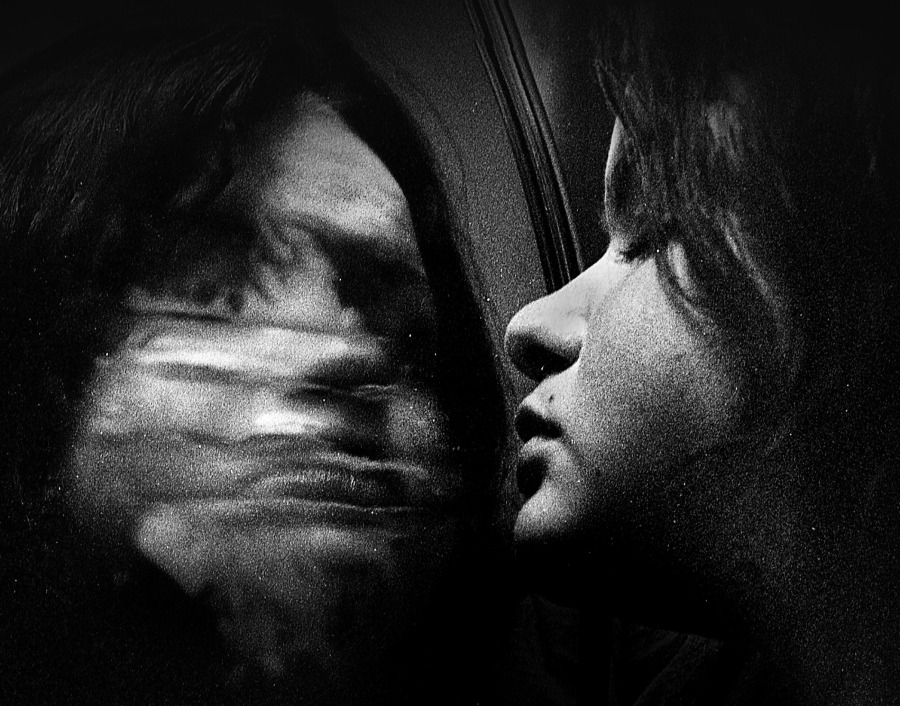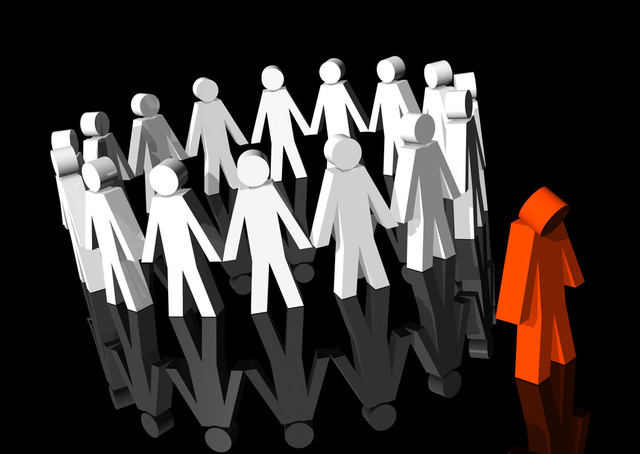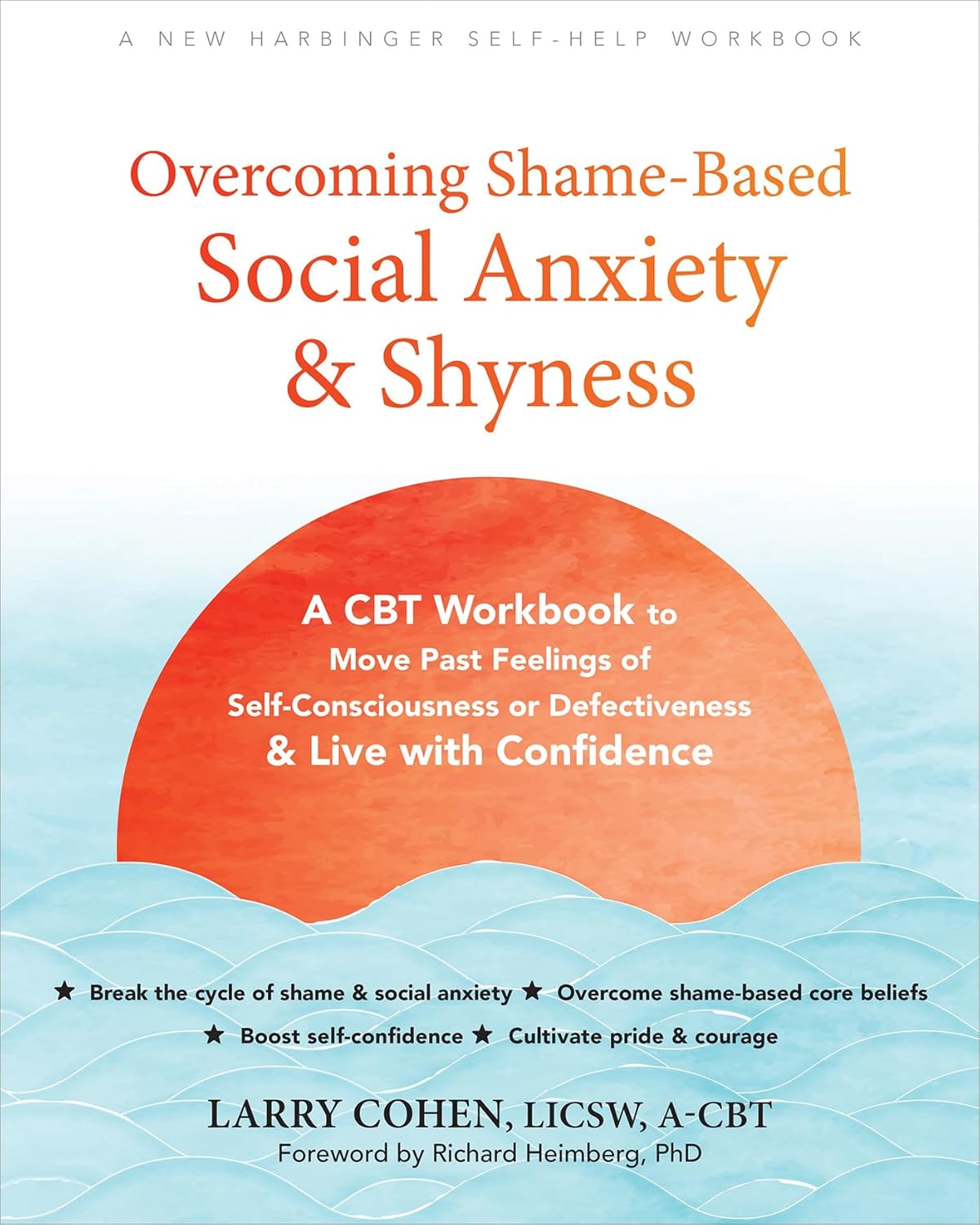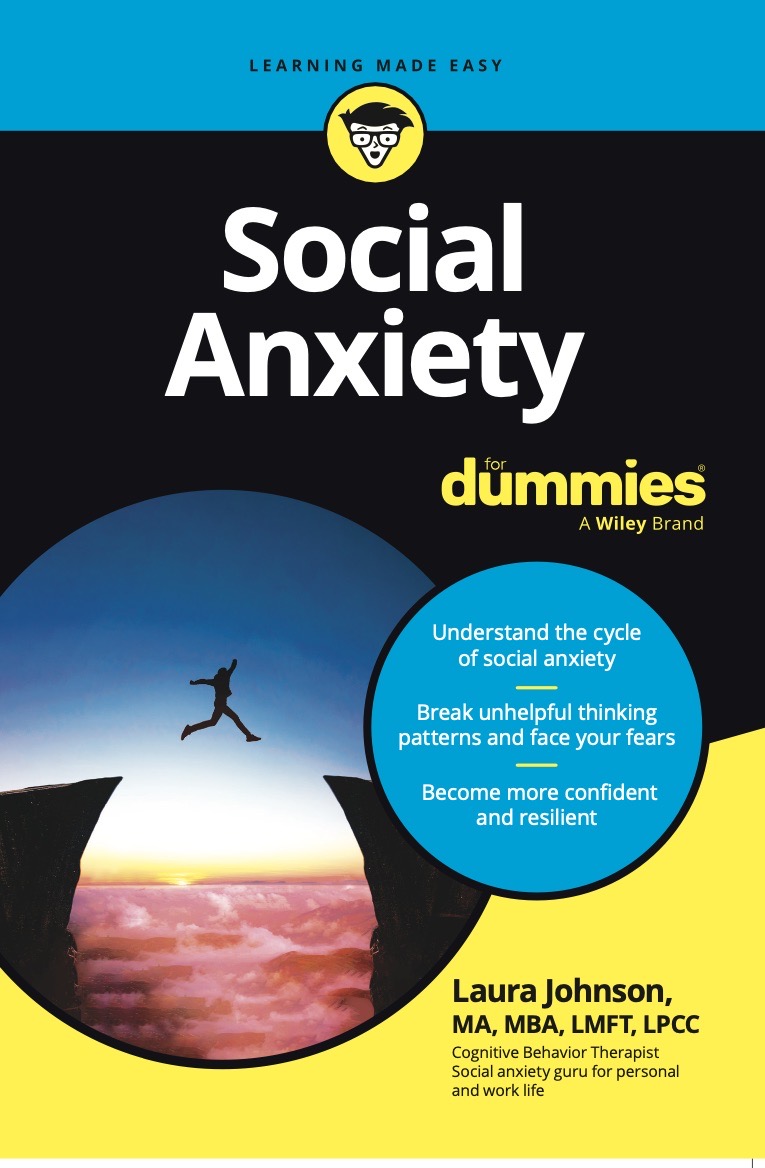Human beings are social animals and we all have a deep need for belonging that is rooted in our evolutionary history. It is therefore not surprising that one of the most commonly diagnosed anxiety disorders is Social Anxiety Disorder (SAD).
So if you have social anxiety disorder you are far from alone! There are many people around you who either have SAD or experience different degrees of anxiety about being judged or rejected by others. Cognitive-behavioral therapy (CBT) is the gold standard of treatment for SAD, and is described as an evidence-based treatment that has been validated by a great many research studies.
Facing Your Fear of Judgment
 Having SAD can be frustrating because while you would want to connect with others, the fear of judgment may cause you to do the exact opposite: avoid and hide away from the very people you would want to interact with.
Having SAD can be frustrating because while you would want to connect with others, the fear of judgment may cause you to do the exact opposite: avoid and hide away from the very people you would want to interact with.
Often you experience a great deal of rumination as you go back and forth about entering a social situation. It could work out okay, says one part of you timidly, while another part cautions you strongly and predicts that things will go badly. What can you do to overcome this fear of judgment especially when you want to be less isolated and live freely?
Use the experimental approach of graded exposure, say CBT experts. Facing your fears can be scary. However, doing it with an attitude of curiosity and as an experiment will make all the difference. This experimental approach will lead to helpful conclusions that can guide your thinking and behavior in new ways that lead you to your valued goal of being free of your social anxiety.
In CBT, the process is very collaborative, where the patient and therapist work together to first identify the social situations that cause anxiety and avoidance. The situations are listed in a hierarchical order from the least to the most anxiety provoking. For example, I had a patient with severe social anxiety who was living a very isolated life and had also stopped working because of his symptoms. When we worked on his hierarchy, the least anxiety provoking situation involved him waving at his neighbors, then moving up to making eye contact with people, saying hello to cashiers at the checkout counter, and so on. Graded exposure would require that patients face these situations in a stepwise manner. The process is supported and guided by the CBT therapist who incorporates principles that have been well established through research to make the exposure exercise maximally effective.
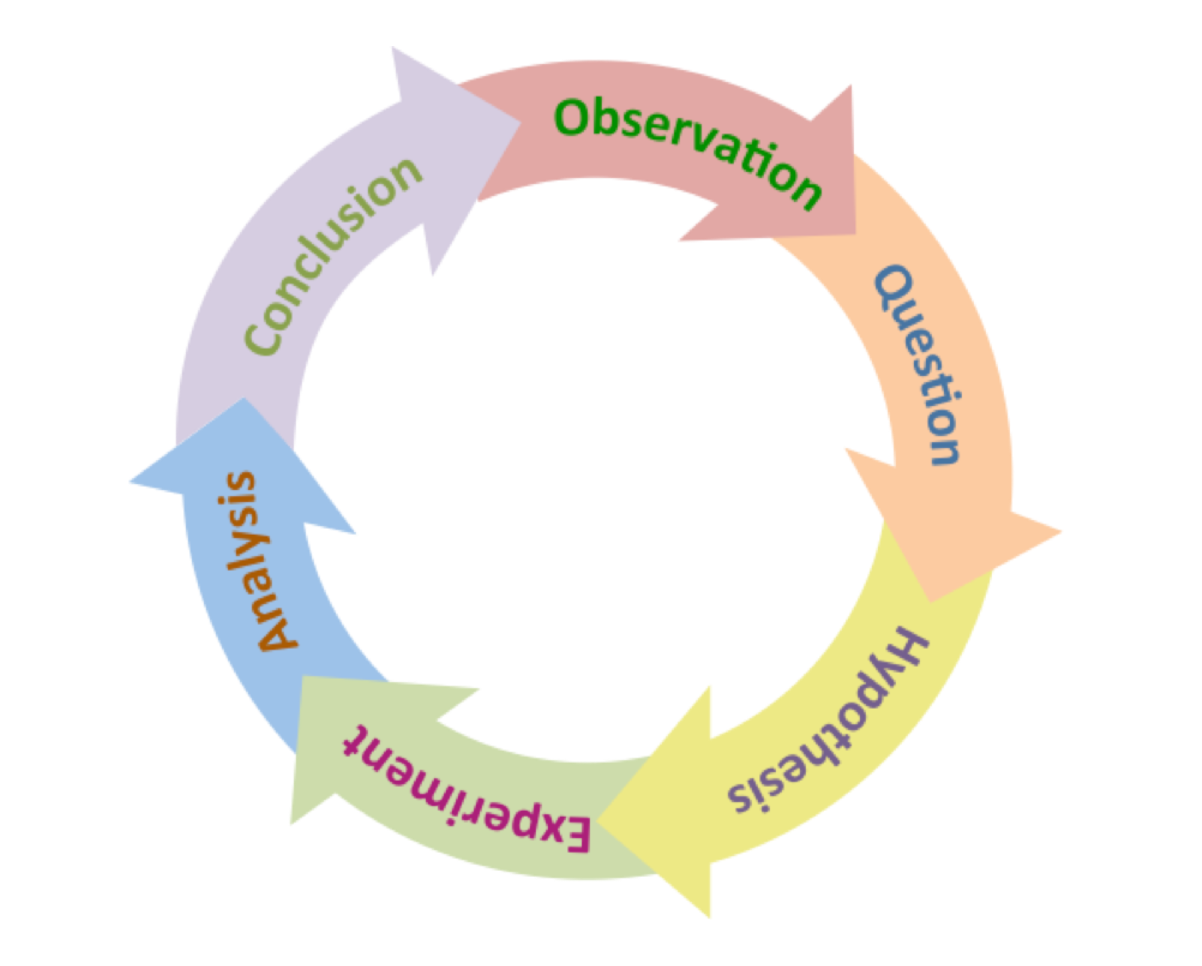 When anxious, you typically have fearful thoughts that predict negative outcomes. This triggers anxiety and also makes you want to avoid the situation altogether. In order to mitigate my patient’s anxiety that could cause him to avoid carrying out the exposure exercises, we tested out his fearful thoughts by examining the evidence that supported the validity of his thoughts and also evidence to the contrary. Additionally, we examined the worst-case scenario in terms of its likelihood and how it could be handled if it were to occur. With this cognitive restructuring exercise, my patient was able to see the situation from a different perspective and realize that a negative outcome was unlikely. In addition, even if his worst fears were to come true, it would be uncomfortable, but would not have any far-reaching consequences. This process of examining his thoughts for validity helped him to move forward with the graded exposures.
When anxious, you typically have fearful thoughts that predict negative outcomes. This triggers anxiety and also makes you want to avoid the situation altogether. In order to mitigate my patient’s anxiety that could cause him to avoid carrying out the exposure exercises, we tested out his fearful thoughts by examining the evidence that supported the validity of his thoughts and also evidence to the contrary. Additionally, we examined the worst-case scenario in terms of its likelihood and how it could be handled if it were to occur. With this cognitive restructuring exercise, my patient was able to see the situation from a different perspective and realize that a negative outcome was unlikely. In addition, even if his worst fears were to come true, it would be uncomfortable, but would not have any far-reaching consequences. This process of examining his thoughts for validity helped him to move forward with the graded exposures.
At each step of the graded exposure, there is a learning that occurs as the patient and therapist examine whether the fearful predictions occurred. For example, my patient predicted that if he said hello to the cashier at the checkout counter, she would react with annoyance and his anxiety would be so overpowering that the “hello” would barely escape his mouth.
The experiment proved his fears wrong. Not only was his anxiety not as drastic, he was able to say hello, and got a friendly response from the cashier. My patient had never tested out his fear-ridden hypotheses to find out what would actually happen. Seeing his fears disproved helped him carry out this exercise in a few different situations and proceed upward along the hierarchy. As this happened, my patient reported feeling more comfortable in his social interactions. He also became more motivated to connect with people, and his co-morbid depression improved as well.
Get Your Life Back from the Grips of Social Anxiety
 With cognitive-behavioral therapy (CBT), patients understand themselves better. It also involves a number of strategies and skills that patients learn to apply. They are all based on an empirical approach that is well researched and proven to be effective. Ultimately it moves patients to doing what they want to do in their lives, whether it is being able to function in an emotionally regulated manner socially, hold a job, be effective at work, or date and find a life partner.
With cognitive-behavioral therapy (CBT), patients understand themselves better. It also involves a number of strategies and skills that patients learn to apply. They are all based on an empirical approach that is well researched and proven to be effective. Ultimately it moves patients to doing what they want to do in their lives, whether it is being able to function in an emotionally regulated manner socially, hold a job, be effective at work, or date and find a life partner.
Cognitive-behavioral therapy helps patients with SAD face their fears through an experimental approach that gives them answers and guides their behaviors even as their concerns are heard and addressed.
Having an experimental approach towards overcoming SAD will help you move towards many things that you have always wanted but simply could not because your anxiety tied you down. If you adopt this approach with the help of a certified cognitive-behavioral therapist, you can escape your fears and embrace the life you have always wanted to live.
Written by,
Suma Chand, PhD
National Social Anxiety Center, St. Louis



